Do not hesitate to give us a call. We are here to help, before, during, and even after your trip.
+977 9851410929
info@nepaladventuretrail.com
EXCELLENTTrustindex verifies that the original source of the review is Google. Our travel with Nepal Adventure Trail was outstanding. Porgi was the best guide one could ask for. And the way we experienced Tibet as a family was one of our favorite trips ever. I would highly recommend this company for the full experience of traveling in Tibet. David U.S.A.Posted onTrustindex verifies that the original source of the review is Google. I went to Nepal with two of my sons, and the 12-day trip organized by Nepal Adventure Trail was absolutely fantastic. The itinerary was diverse and well-balanced, including guided tours of Kathmandu and Pokhara, a thrilling jungle safari on foot in Chitwan, and a breathtaking 3-day trek to the Australian Camp in the Himalayas. We were fortunate to have two superb guides, one for Kathmandu and Chitwan, and another for Pokhara and the trek. Both of them were knowledgeable, friendly, and attentive. This journey left us deeply impressed and eager to return to Nepal. Highly recommended!Posted onTrustindex verifies that the original source of the review is Google. Хорошая компания исполняющая взятые на себя обязательства. Путешествовать с ними большое удовольствие!Posted onTrustindex verifies that the original source of the review is Google. I have had a long standing business relationship with the team at Nepal Adventure Trail. A very porfessional company that offers a wide range of tourism services. I highly recommend them for planning and executing unique itineraries.Posted onTrustindex verifies that the original source of the review is Google. Nepal Adventure Trail is one of the best companies I’ve ever worked with. We had an incredible experience with this trail, During our trip to Annapurna Base Camp on April-May, 2025. Very good experience, robust knowledge and friendly staff who helped us every aspect of our journey and mission. Mr. Sapkota, pragya & his entire team is dedicated and very professional. I would strongly recommend that if you’re interested doing something interesting like Hiking, trekking or exploring nature of virgin mountain, please go ahead with this company.Posted onTrustindex verifies that the original source of the review is Google. Amazing EBC trek was organised by Nepal Adventure Trail for us (a group of friends from London) in March 2025. As you can imagine, when there are 8 individuals, 16 different ideas pop ups and the company was accommodating our changes while going through such as change from standard route to Cho La Pass and via Gokyo Lake, arranging helicopter ride back Kathmandu and getting refund to airline ticket from Lukla.... It was an once in lifetime achievement for me and thanks for making my dream true and helping on the way through.Posted onTrustindex verifies that the original source of the review is Google. My wife, our friends, and I had the most unforgettable adventure trip to Mustang, Nepal last year, and it was all thanks to the exceptional organization and accompaniment of Nepal Adventure Trail. This company truly delivered everything they promised, seamlessly blending adventure, comfort and exploration. The 12 days itinerary was perfectly crafted, utilizing jeeps which allowed us to cover significant ground and witness the breathtaking landscapes of the region. The inclusion of a thrilling short rafting experience and hiking added exciting dimension to our trip. What truly set Nepal Adventure Trail apart was their incredible team. Our guide Progi and drivers were not just professionals, they were passionate, knowledgeable, and genuinely cared about ensuring every member of our group of 9 had a safe, enjoyable and enriching journey. They handled all logistics with remarkable efficiency, from accommodations to meals. Their local insights brought the history, culture and traditions of Nepal and specifically Mustang region to life, making every stop more meaningful. If you are planning a trip to Nepal, especially an adventure like exploring Mustang, I would definitely recommend Nepal Adventure Trail. They go above and beyond to create personalized and memorable travel experiences.Posted onTrustindex verifies that the original source of the review is Google. We had an unforgettable experience combining the Mustang Jeep Tour with the Ghorepani Trek, all arranged by Nepal Adventure Trail. The contrast between the rugged Mustang landscapes and the lush forests of Ghorepani was simply breathtaking. Everything was perfectly managed—from the comfy jeep rides to the peaceful mountain lodges. Our guide was knowledgeable, friendly, and made us feel safe and inspired every step of the way. Truly a once-in-a-lifetime journey!Posted onTrustindex verifies that the original source of the review is Google. Progi is excellent guide and travel organizer!!! We traveled with him twice and have a very good service!Posted onTrustindex verifies that the original source of the review is Google. Progi guided my group to Muktinath and was a thoughtful, considerate and knowledgeable guide. He was able to cater to all the diverse needs of the group expertly and always with a smile.Verified by TrustindexTrustindex verified badge is the Universal Symbol of Trust. Only the greatest companies can get the verified badge who has a review score above 4.5, based on customer reviews over the past 12 months. Read more

Pisang Peak, soaring at 6,091 meters, is one of Nepal’s top trekking peaks, captivating adventurers in the stunning Annapurna region.
This Pisang Peak climbing adventure offers moderate technical challenges and breathtaking Himalayan views, ideal for aspiring mountaineers. Often paired with the Annapurna Circuit and Tilicho Lake trek, it delivers a thrilling 18-21-day journey through Nepal’s heart.
Discover all about Pisang Peak climbing with this comprehensive guide.
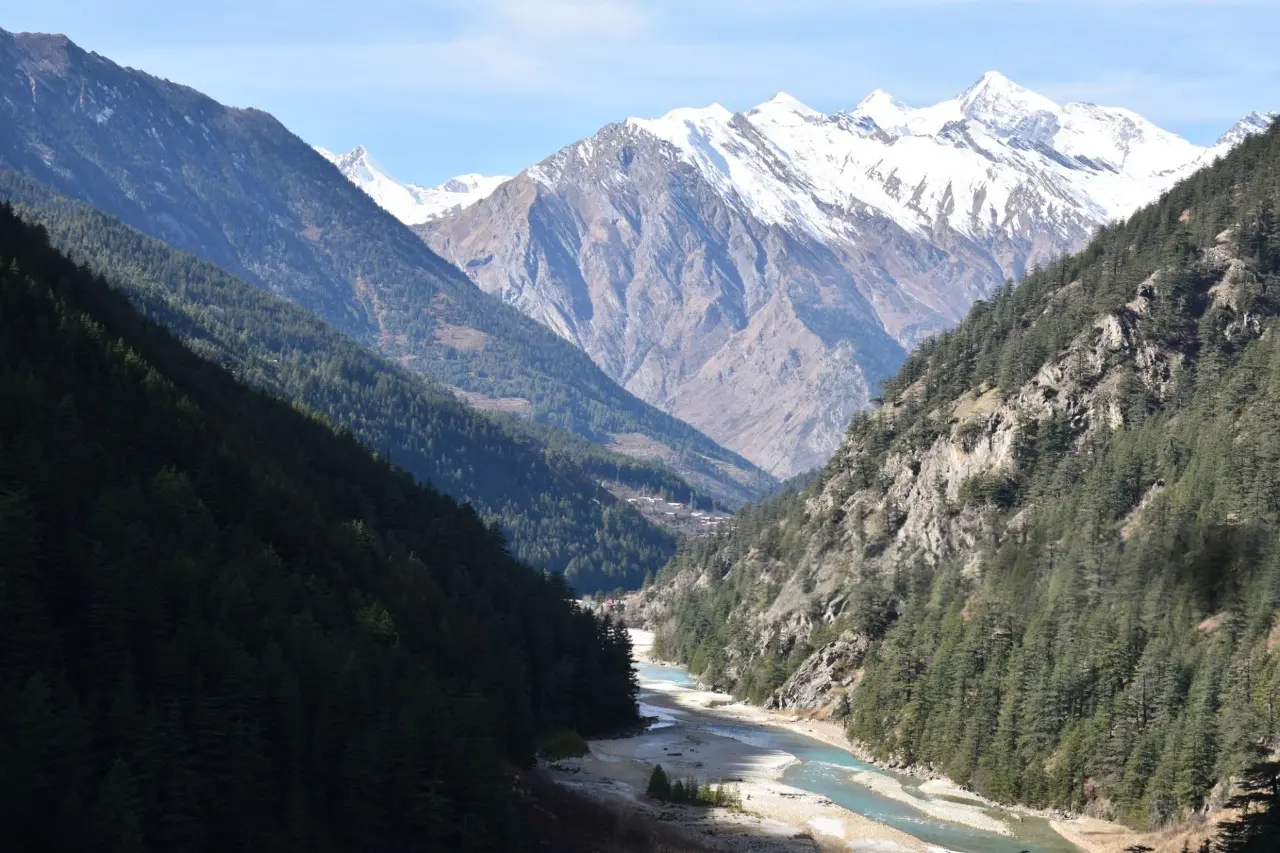
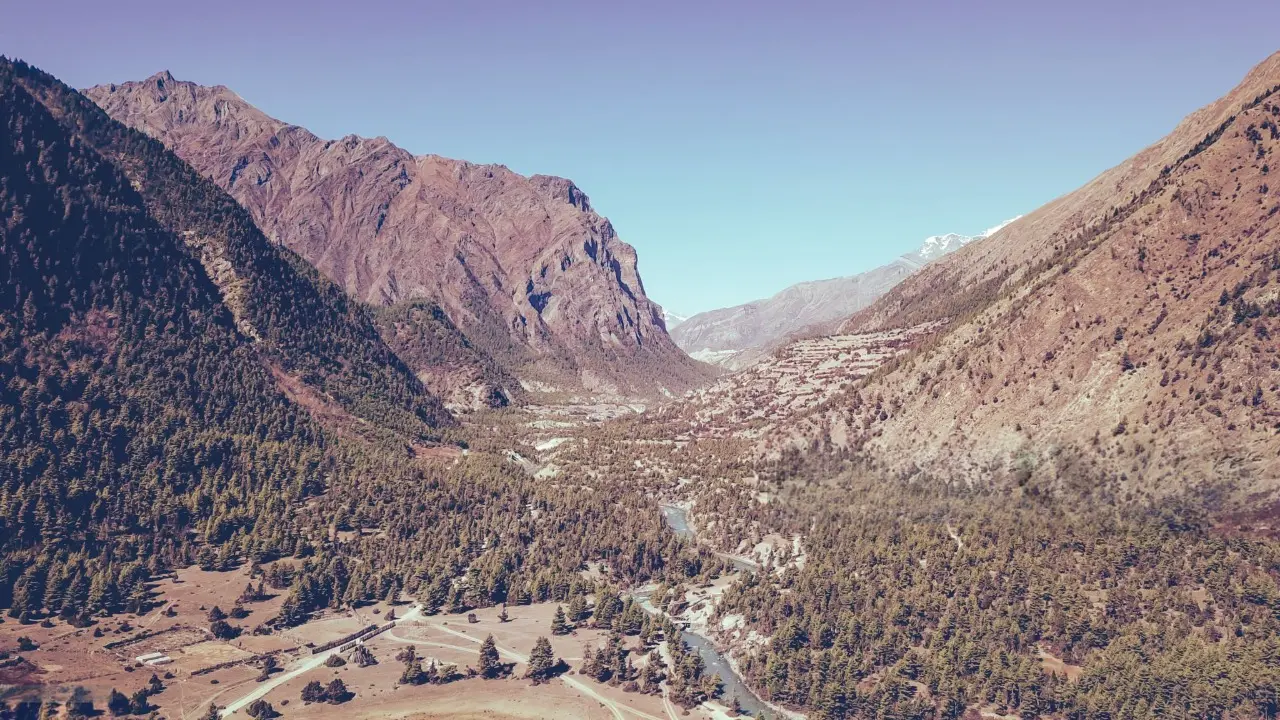 Base camp is nestled at the base of Pisang Peak.
Base camp is nestled at the base of Pisang Peak.
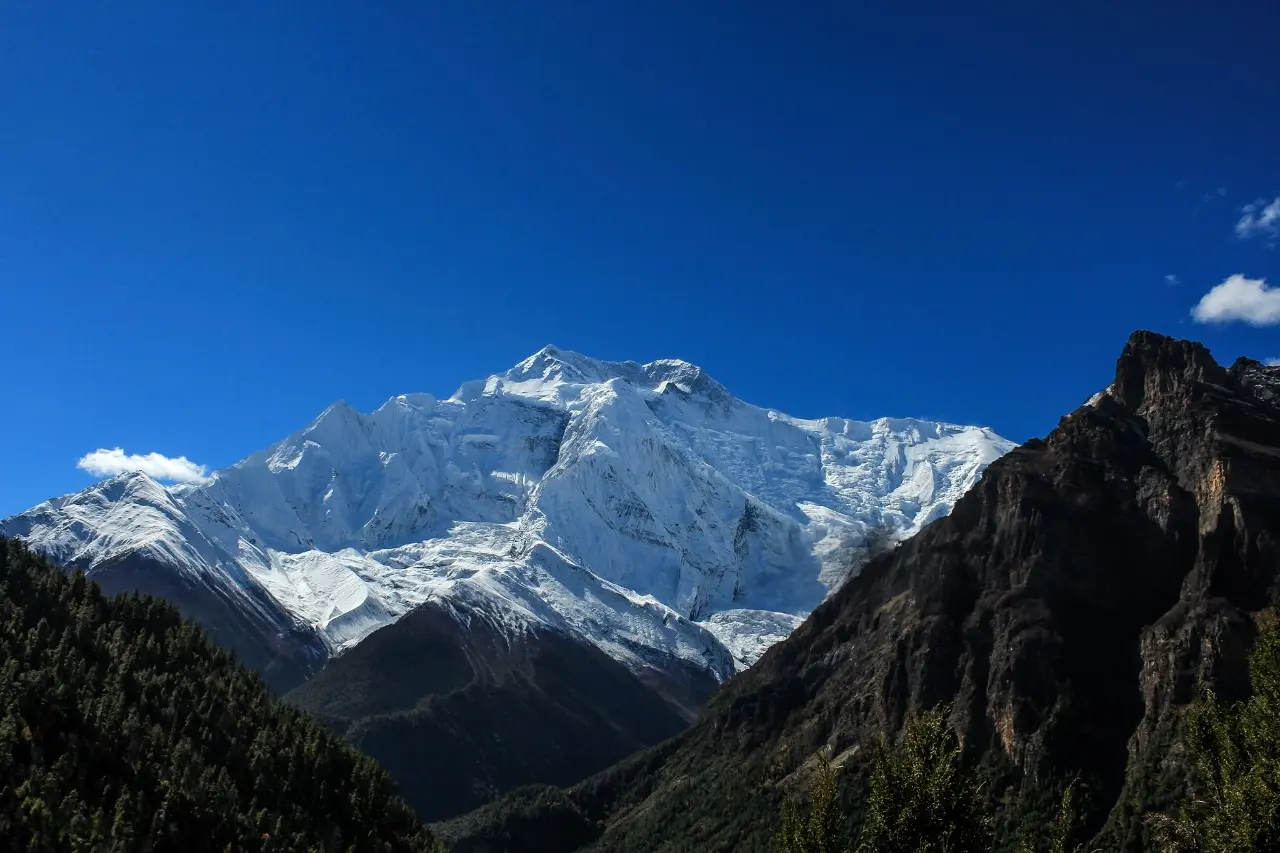
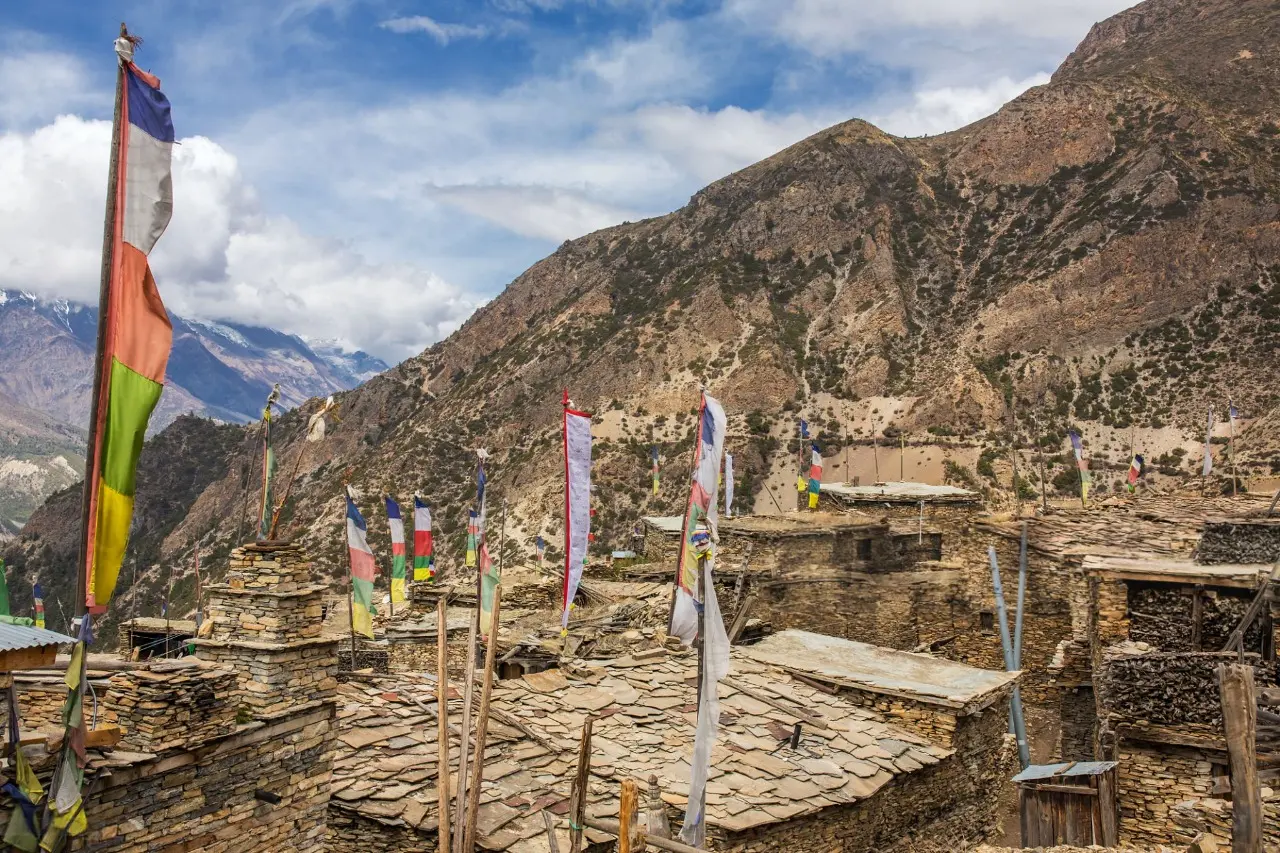
The ideal seasons for Pisang Peak climbing are spring (March to May) and autumn (September to November), offering clear skies and stable weather. Winter climbs, like the unsuccessful 2000s winter expedition, demand advanced preparation due to extreme cold.
To climb Pisang Peak, you need:
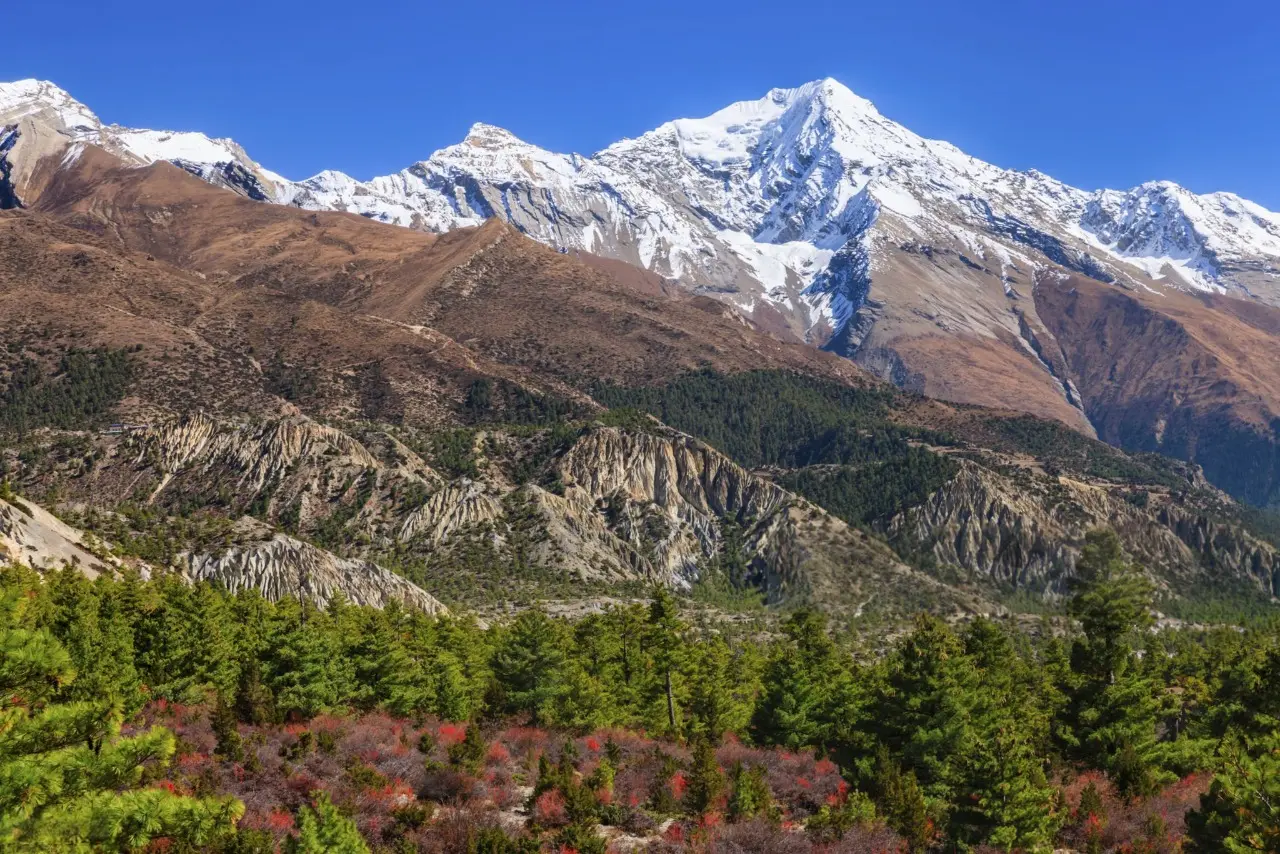
Pisang Peak climbing is a thrilling blend of mountaineering and trekking, offering a chance to conquer a 6,091m Himalayan summit.
Whether you’re a novice or seasoned trekker, this Pisang Peak trek promises stunning views, cultural richness, and an unforgettable adventure. Plan your Pisang Peak expedition in Nepal today!
 Accommodation & Meals
Accommodation & Meals Permits & Documentation
Permits & Documentation
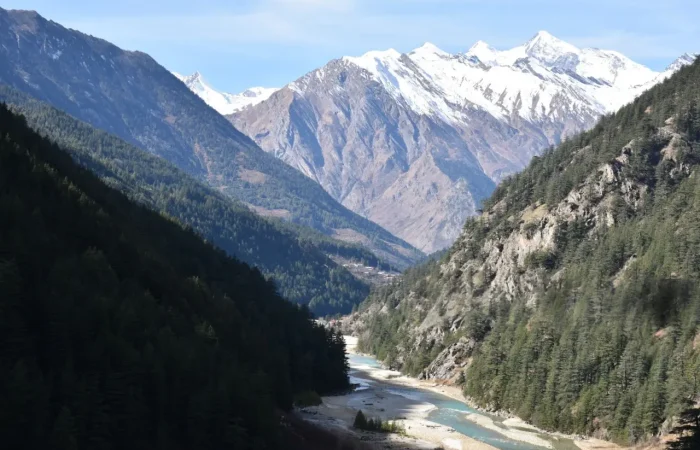
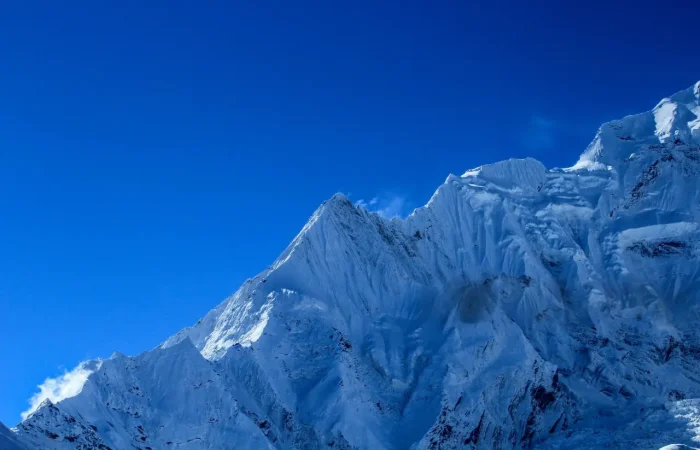
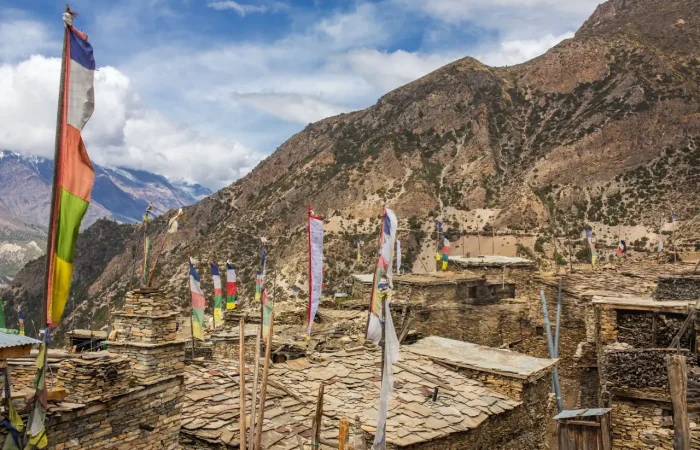

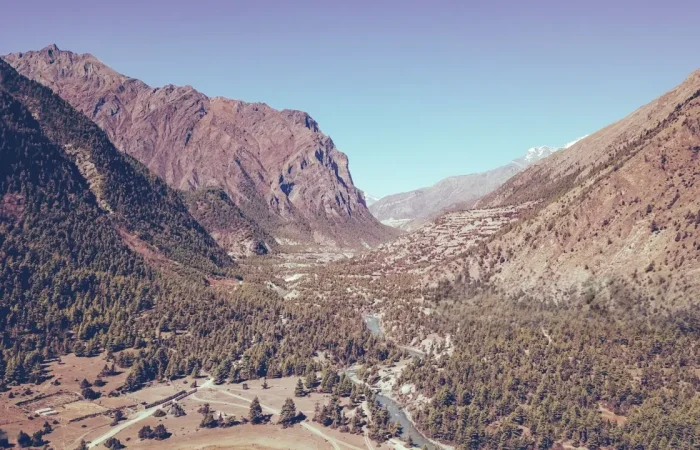
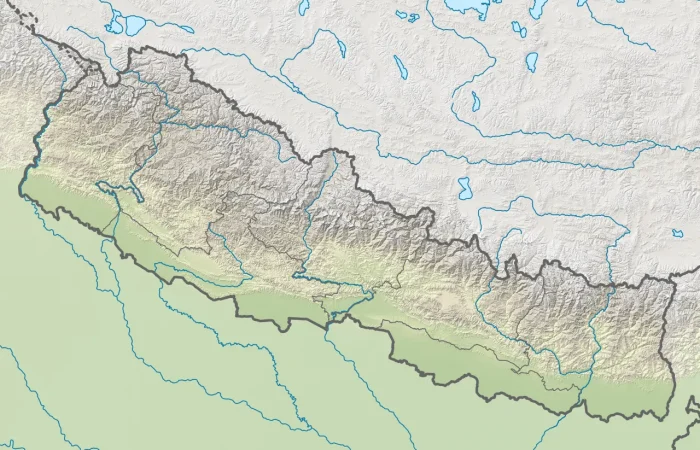
This extra day is built into the itinerary to account for potential delays due to bad weather or slow acclimatization, ensuring the safety of the climb. If not used, you can enjoy a more leisurely pace.
After breakfast, a representative will transfer you to Tribhuvan International Airport
for your final departure, concluding your trekking and climbing adventure.
Pisang Peak stands at an altitude of 6,091 meters (19,984 feet) above sea level, making it one of the popular trekking peaks in the Annapurna region of Nepal.
Pisang Peak is located in the Annapurna region of Nepal, near the village of Pisang, along the famous Annapurna Circuit trekking route.
Pisang Peak is considered a moderately challenging trekking peak. It requires basic mountaineering skills such as using crampons, ice axes, and ropes. Prior trekking experience at high altitudes is highly recommended.
The best time to climb Pisang Peak is during the spring (March to May) and autumn (September to November) seasons. During these periods, the weather is stable, and visibility is excellent, providing ideal climbing conditions.
While prior climbing experience is not mandatory, it is highly recommended. Trekkers should have experience trekking at high altitudes and some basic knowledge of mountaineering techniques, as the climb involves navigating glaciers and steep ascents.
The standard Pisang Peak Climbing itinerary takes around 18–20 days. This includes trekking through the Annapurna region, acclimatization days, and the summit attempt.
You will need the following permits:
Yes, acclimatization is essential to prevent altitude sickness. Most itineraries include acclimatization days at key points like Manang to allow climbers to adapt to the high-altitude environment.
Some essential gear includes:
Your trekking agency typically provides technical climbing gear, but you can also bring your own.
Yes, hiring an experienced climbing guide is strongly recommended. A guide ensures safety, helps with navigation, and assists with technical climbing sections.
The cost of Pisang Peak Climbing can range from $2,000 to $3,500, depending on the services included, such as permits, guide fees, equipment, accommodation, and food.
The main risks include altitude sickness, unpredictable weather, and technical challenges during the climb. Proper preparation, acclimatization, and following safety guidelines minimize these risks.
You will stay in teahouses or lodges along the Annapurna Circuit during the trekking portion. At Base Camp and High Camp, camping accommodations are provided.
The summit day is challenging and begins early, usually around 2–3 AM. Climbers ascend steep ice and snow slopes to reach the summit, where breathtaking panoramic views of the Annapurna and Manaslu ranges await.
Yes, Pisang Peak Climbing is often combined with the Annapurna Circuit trek. This adds an enriching trekking experience to the expedition.
A good level of physical fitness is essential. Climbers should have strong endurance and the ability to trek for 6–8 hours a day. Cardiovascular and strength training prior to the climb is highly recommended.
Yes, alternative peaks include Chulu East, Chulu West, and Tent Peak, all located in the Annapurna region. Each offers a unique climbing experience with varying difficulty levels.
Your packing list should include trekking and climbing gear, warm clothing, personal hygiene items, a first-aid kit, and high-energy snacks. A detailed packing checklist will be provided by your trekking agency.
You can book Pisang Peak Climbing through a reputable trekking agency in Nepal. Look for agencies with good reviews and experienced climbing guides.
From the summit of Pisang Peak, you can enjoy stunning panoramic views of the Annapurna and Manaslu ranges, including Annapurna II, Annapurna IV, Gangapurna, and Tilicho Peak.